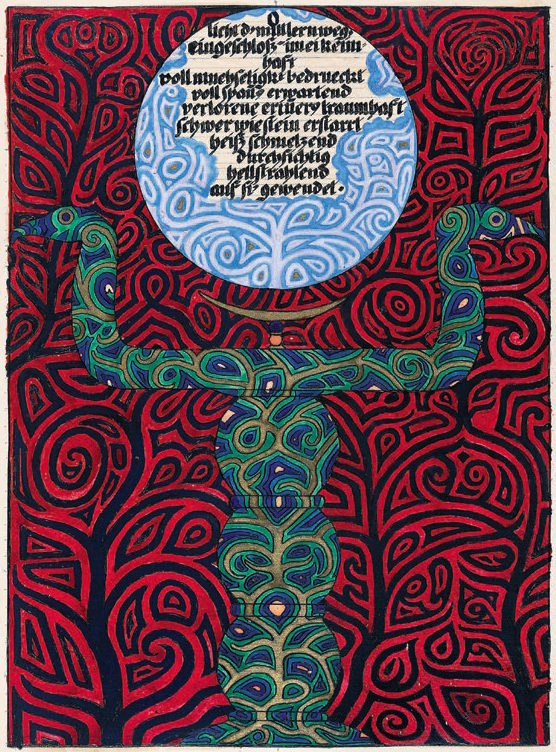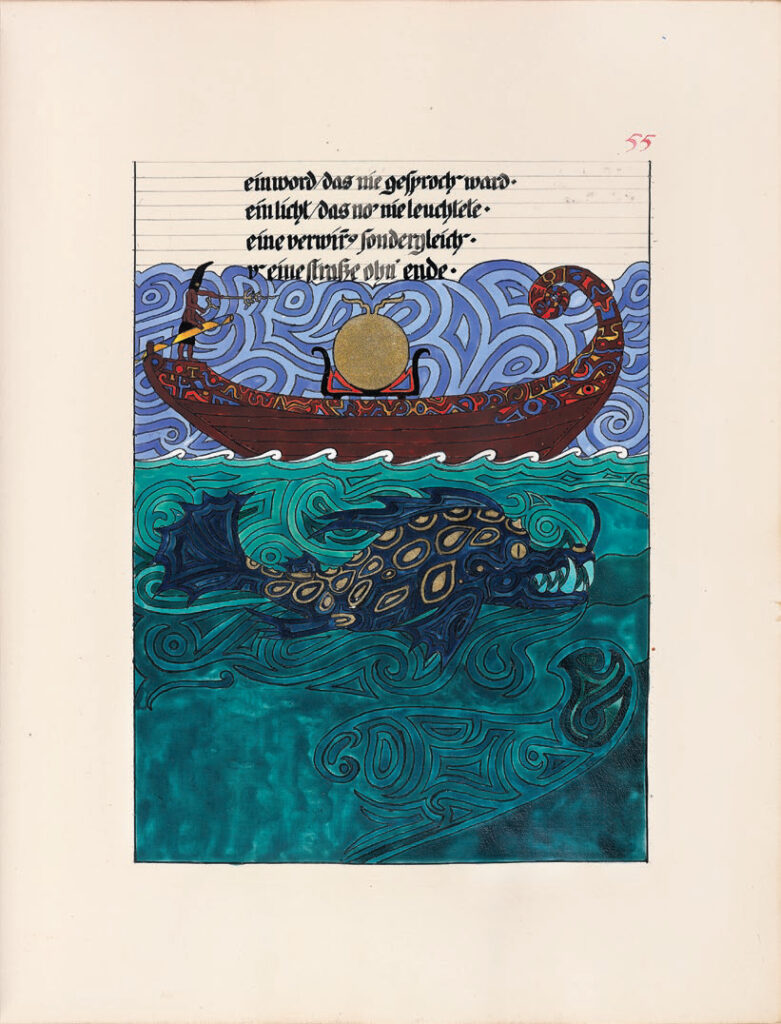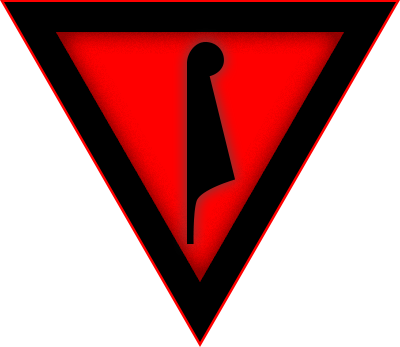Studies:
- General Reading List:
- Mythology
- Psychology
- Philosophy
- History, etc.
- Familiarization with HML materials.
- Self-examination and questionnaires
(Jungian Persona test, for example). - Introductions to Yoga.
Tasks:
- Read Liber OZ
- The Aspirant must meditate.
- Focusing on introspection.
- Mastering the ‘Sign of Silence.’
- Contemplating the Tarot Trumps: Lamed & Aleph (LA)
- Starting Yoga.
- Working with the word AGAPE.
THE HORUS MANDALA Wherein the Mask of Horus is Danced by the Aspirant I) HOOR-PAAR KRAAT
I will be adding a series of texts commenting on the working zonules of the Horus-Maat Lodge, in them expressing my view and experience.
This entry comments on the study of psychology.

Psychology has a close connection to magic, not only practically but in the history of thought.
Practically, because, while Nema used to say 90% of magick is trash removal, in another context, I’ll say that 90% of magic is a “placebo effect”. The 90% treats you but does not cure you, yet if you use it well, the remaining 10% will become active in the experience and finish the work of healing.
What I mean is, even if you would evoke a djinn in the flesh, for everyone to see and touch and interact with, it does not work as magic unless it has a psychological component.
For this reason, although I do not advocate a radical position that magic is only psychological, I believe it isn’t without psychology.
Historically, you might be reminded of Giordano Bruno trying to reach all religions and scholars with his practical philosophy and eventually being rejected by both clerks and doctors. His practical philosophy was nothing else but magic. Psychology is the version of practical philosophy that has conquered the world out in the open. Any smart magician will find in it a valuable tool.
I have a brother, sister-in-law, and an uncle that are psychologists, and have absorbed a lot from them, and I did some academic work with a friend who was studying to become a psychologist. Many may know Edward Alexander Crowley (Aleister Crowley) studied psychology. As I see it, the closest psychology to the Horus Maat Lodge is the one of Carl Gustav Jung, analytical psychology, for some of his topics are central to our own “doctrine” if we ever had one.

Let us take the idea of synchronicity, it states that even though events may or may not be causally related, they still can have a meaningful connection, or, better put, they may still be connected in meaning. This idea is important in magic and mysticism because it functions as an indicator that our cognition is attuning to whatever work is being performed.
If there is synchronicity and the mind identifies the patterns of the work in the events around it, it is witnessing the results materializing outside. If the mind, however, fails to identify these patterns, it remains unconnected and the work is considered fruitless once awareness has remained unchanged.
The archetype, an anthropological concept so often used in metaphysics, is a part of analytical psychology. Archetypes stand as innate knowledge, primal symbols and images that are the counterpart of instinct. They are to the collective unconscious what complexes are to the individual unconscious, grouping clusters of collective emotions, memories, perceptions and wishes into single collective symbols.
Another central idea is that of the collective unconscious, from which the archetypes are derived. Those who know The Horus Maat Lodge will probably have heard of our concept of collective consciousness. It stands on the shoulders of Jung’s collective unconscious, which is populated by instincts and archetypes. This collective unconscious surrounds the personal unconscious and is universal, being the source of the similar themes found between the many mythologies of the world, since cultural and individual experiences but clothe the source material of the unconscious mind.
Therefore, in analytical psychology, the psychotherapeutic process happens based on how the patient relates to the collective unconscious. How the patient dresses the collective instincts (see the Forgotten Ones in Maat Magick) and the archetypes tells the position of the patient.
I have extracted from analytical psychology a model of initiation that is useful to Maat Magick and will bore you by resuming it.

The First Stage
It starts with the Jungian theory of the complex, a conjunction of desires, feelings, experiences, and perceptions that forms a structure in the unconscious that then is objectified as a theme, such as a status, like that of being a doctor.
If we identify our ideal desires, feelings, experiences, and visions of the world, from there, we can be informed of our manifestations that don’t correspond to them, finding our shadow (another Jungian concept) or shadows.
The shadow should be found as an unconscious aspect of our personality that must be personified by a certain archetype. We should identify as well the desires, emotions, memories and perceptions of the shadow. As these aspects are brought to awareness and isolated, their ties and knots in the unconscious begin to loose and they cease being clusters and complexes, leaking power.
Once we have worked our shadow, we can take the next step and work with the anima and the animus. The animus is the unconscious masculine side of a woman, and the anima the unconscious feminine side of a man and they stand as gateways to transcendence. The animus and the anima are, in Jung’s theory, the two source archetypes and they are the two pillars on which the Self (the conjunction of all psychic components) is erected.
When we meet the anima or animus, gathering its complex, that is, its desires, feelings, perceptions and memories, we can use it for endless creativity on one hand, and gain self-awareness by recognizing its manifestations and discerning them from the common reality.
The animus/anima can be used for knowledge and conversation whenever emotional behavior is disturbed: the anima or animus communicates archetypal images and a conversation takes place about these images.
The Second Stage
After the magician has mastered the shadow and the anima/animus, (s)he can build his or her persona. Anyone familiar with Maat Magick will remember Nema’s concept of dancing the masks. Jung’s persona, applied in this context, is no different.
Jung believes we build a persona in our early preparation and passage to adult life. We build the persona, the mask, in order to communicate with and control to a certain extent the external (social) world and its reactions to us.
The self is strong when the persona is flexible, it is weak if the persona is rigid and identifies itself with the status of the doctor, the mask of the magician, etc. In such cases, if a person’s persona breaks, her psychic structure can dangerously shatter and, additionally, it tends to narrow the channel of psychological development in such a way that, for instance, the musician becomes his musical instrument, the teacher the book he teaches, the magician his or her wand. If you break the instrument, you can then break the wielder. Worst, when people become their persona (that functions through the world around them), they can never go beyond the environment in which they live. They become solely what is expected of them.
When we find a rigid persona in ourselves we must identify where it connects to the collective consciousness and cut its ties to the collective, disintegrating the malfunctioning mask and having it dissolve. Another task is to dislodge the persona from the archetypes it plays, for the persona is not the archetype but the rigid style in which that archetype is played. The dissolution of the persona is, in turn, an encounter with Truth, a concept central to all Maatian Priests.
Traps to avoid after disintegrating the persona are: pretending we are still who we were before this dissolution; reviving the persona on a superficial level; building a persona that is the opposite of the previous persona.
These are ways in which the persona will take control once again.
Without a persona, the self will find the world to be a playground of illusions, but the self must reconnect with the outside by building a new persona, this time to be used consciously, with the awareness of an actor playing a role or an astronaut using a space suit to touch the outer realms. Ideally, this persona should be flexible, navigating in society without eclipsing the (True) Self.
Jung does give us some tools that we can use in building our own persona or personas (such as Nema giving us masks connected to the Tarot Trumps).
There are eight main Jungian models:
Extraverted Thinking
Principled, idealistic, objective, rational.
Introverted Thinking
Influenced by ideas, independent, often fearful of intimacy.
Extraverted Feeling
Adaptive, relating well to the external.
Introverted Feeling
Sympathetic, pleases others, may be dependent, reserved.
Extraverted Sensation
Realistic, concrete, pleasant and friendly.
Introverted Sensation
Calm and passive, restrained, controlled and controlling.
Extraverted Intuition
Enterprising, outgoing, can be irresponsible.
Introverted Intuition
Mystical, dreamer and artist. Can be obsessive.
We may build a complex or several different complexes for each of the types, creating a character for each with dreams, memories, emotions, and perceptions of the world. The main thing is that we remain aware these memories, desires, emotions, etc are real only as tools, but fictional in any other way. We encase this character with a graphic (sigil) and a gesture or sound so that when the personality type corresponding to the character is needed it can be invoked and the mask worn.
When someone idealistic, principled, objective and rational is needed, like in an intellectual circle, the personality Extraverted Thinking may be called upon. But if someone is given a job as a maid, the Introverted Feeling personality type may be invoked instead. A driver will more easily make use of Introverted Sensation. The Magician, of course, can make good use of Introverted Intuition, while a doctor will likely invoke Extraverted Sensation.
The idea, however, is that we are able to use any and each of the personality types, so that our persona is truly flexible and simply uses these sub-personas as ways of expressing the Self in an external environment.
If this is well mastered, we may get to the point where we create a personality type that is as similar to the Self as possible, and we begin to constantly practice this wider personality type. Such a character must be extroverted and introverted, intuitive and prone to sensation, rational and emotional, judgemental and perceiving. The Jungian scenario we are used to puts it this way:
(Extraversion vs. introversion.
Sensation vs. intuition.
Thinking vs. feeling.
Judging vs. perceiving.)
We are to have this form lose all oppositions and to have the light of the mind embrace all aspects together. Upon success, there will be no separation between the conscious and the unconscious, both are integrated as one and this leads to the process of self-realization and actualization, that is, to what Jung calls individuation.
Individuation is the process of becoming whole, the complete fulfillment of the collective qualities of the human being and it also implies becoming one’s own self which, as Jung himself put it, “brings to birth a consciousness of human community precisely because it makes us aware of the unconscious, which unites and is common to all mankind. Individuation is an at-one-ment with oneself and at the same time with humanity, since oneself is a part of humanity.”
Now, we have a gateway to the concept we, at The Horus Maat Lodge, call N’Aton, the true product of individuation.

We should not forget that the task here is for the student to… study. That means he is to go out and about on himself and reach his or her own methods and conclusions.
For this end, we suggest The Collected Works of C. G. Jung, twenty volumes that contain the major writings of the Swiss psychologist. Nevertheless, if you are to be stopped by any form of scarcity that limits your financial power for acquisition, do not be fooled. You can still learn more than necessary by reading extensively from the works by or about Carl Jung at Internet Archive.




Pingback: Horus-Maat Lodge Mandala – Hoor-Paar-Kraat – Studies – Mythology - Hermetic Magician
Pingback: Horus-Maat Lodge Mandala – Hoor-Paar-Kraat – Studies – Philosophy - Hermetic Magician
Pingback: Horus-Maat Lodge Mandala – Hoor-Paar-Kraat – Studies – History - Hermetic Magician
Pingback: Horus-Maat Lodge Mandala – Hoor-Paar-Kraat – Studies – Familiarization with HML materials - Hermetic Magician